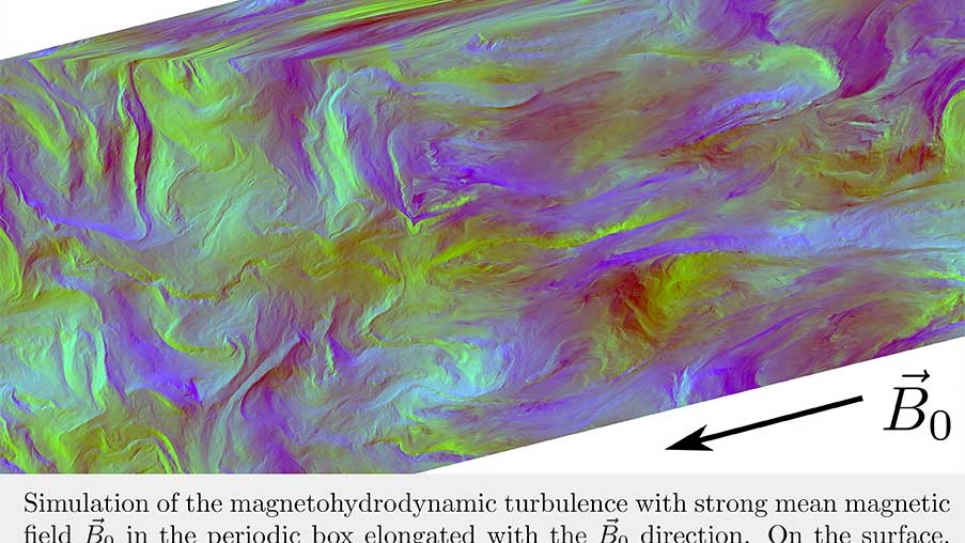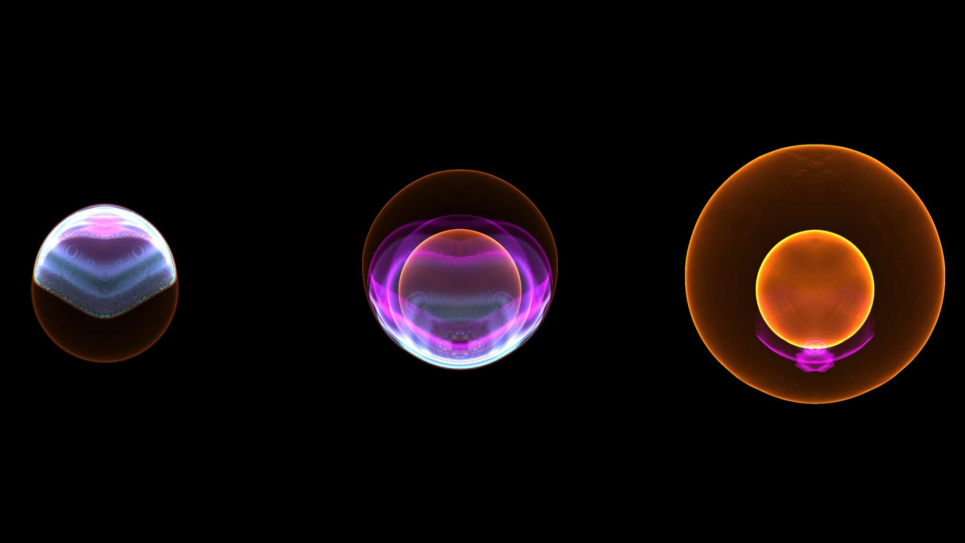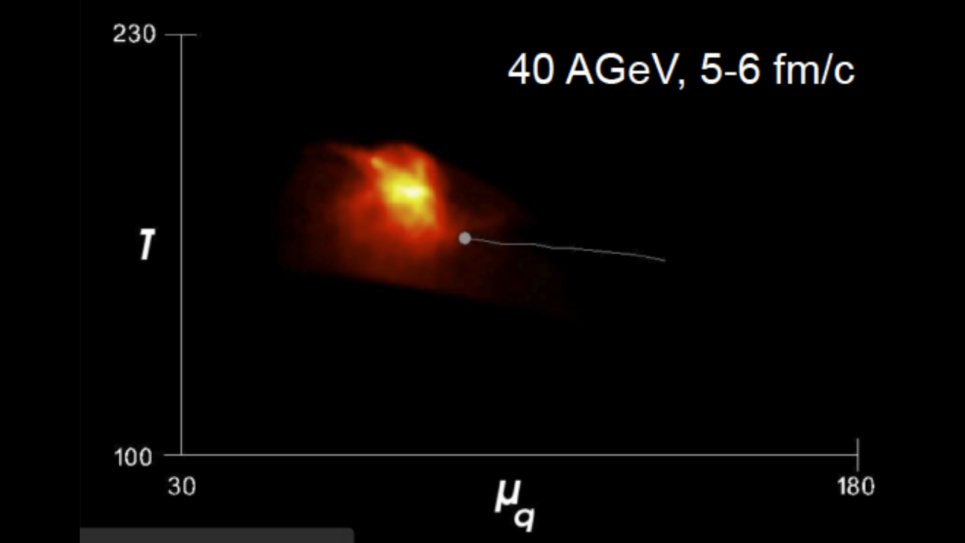
Spectral Slope of MHD Turbulence
MHD turbulence has attracted attention of astronomers since mid 1960s. As most astrophysical media are ionized, plasmas are coupled to the magnetic fields. A simple one-fluid description known as magnetohydrodynamics (MHD) is broadly applicable to most astrophysical environments on macroscopic scales.
The Goldreich-Sridhar model uses a concept of critical balance, which maintains that turbulence will stay marginally strong down the cascade. In this model the spectrum was supposed to follow the -5/3 Kolmogorov scaling. However, shallower slopes were often reported by numerics. This prompted a number of suggestions to modify the standard theory, but the higher resolution studies confirmed -5/3 again. Another problem is that the standard theory only considers so-called balanced case, or the case with zero cross-helicity. As turbulence is a stochastic phenomenon, the average zero cross helicity does not preclude a fluctuations of this quantity in the turbulent volume. Thus, the special case of the balanced turbulence should be treated from the more general perspective. Furthermore, most of astrophysical turbulence is globally imbalanced due to being generated by a localized source. The Sun is one of such sources and the wealth of in-situ measurements in the solar wind confirms the imbalanced nature of heliospheric turbulence. Although several models for imbalanced turbulence has been reported in the literature, the full self-consistent analytical theory does not yet exist. In this situation observations and direct numerical simulations will provide necessary feedback to theorists.
This project seeks to unambiguously differentiate between -5/3 and -3/2 power spectral slopes of strong MHD turbulence and provide a deeper insight into the nature of imbalanced turbulence.
MHD turbulence is a ubiquitous basic physical phenomenon. The project findings will affect future theoretical and observational research in solar physics, heliospheric physics, plasma physics and astrophysics.

